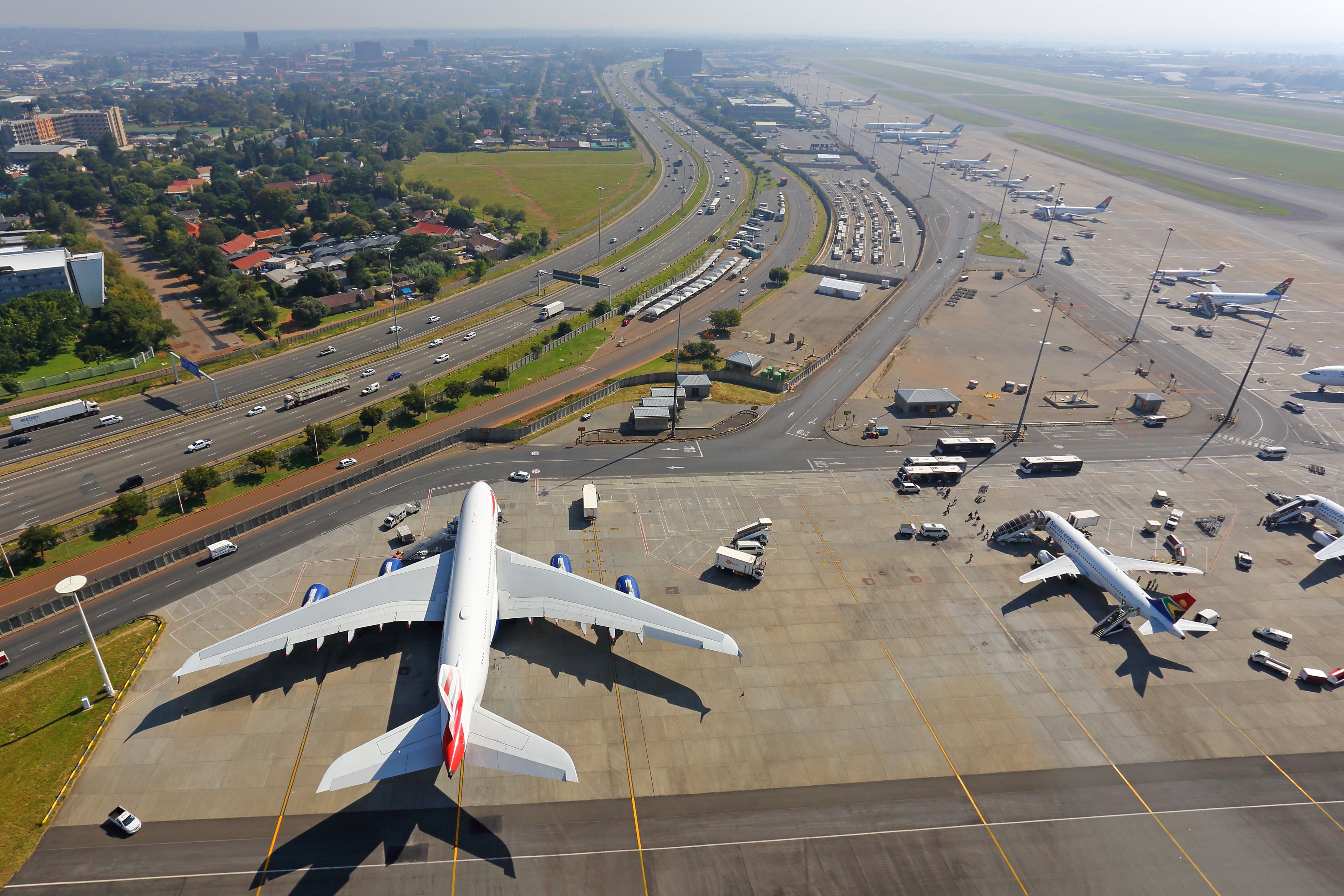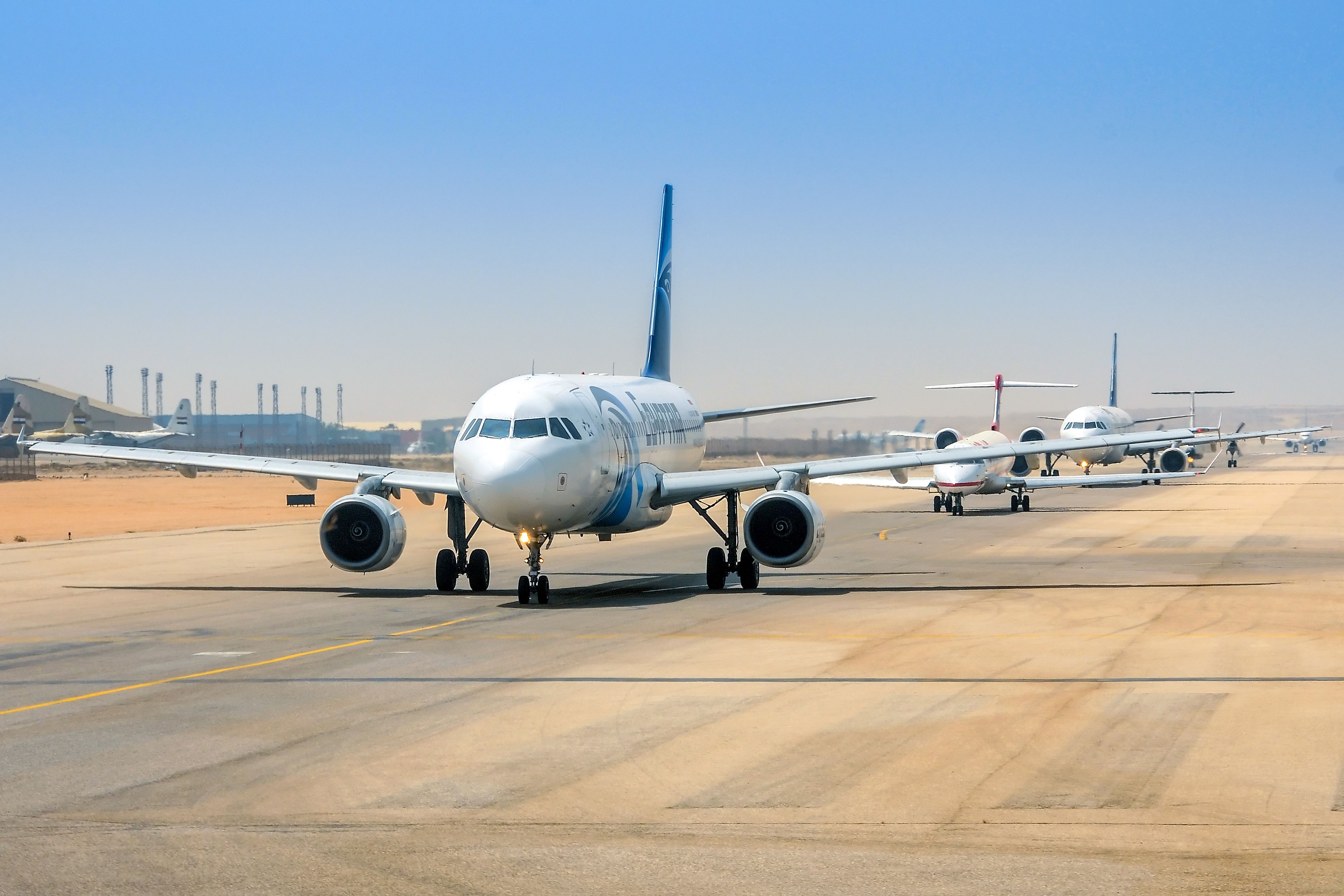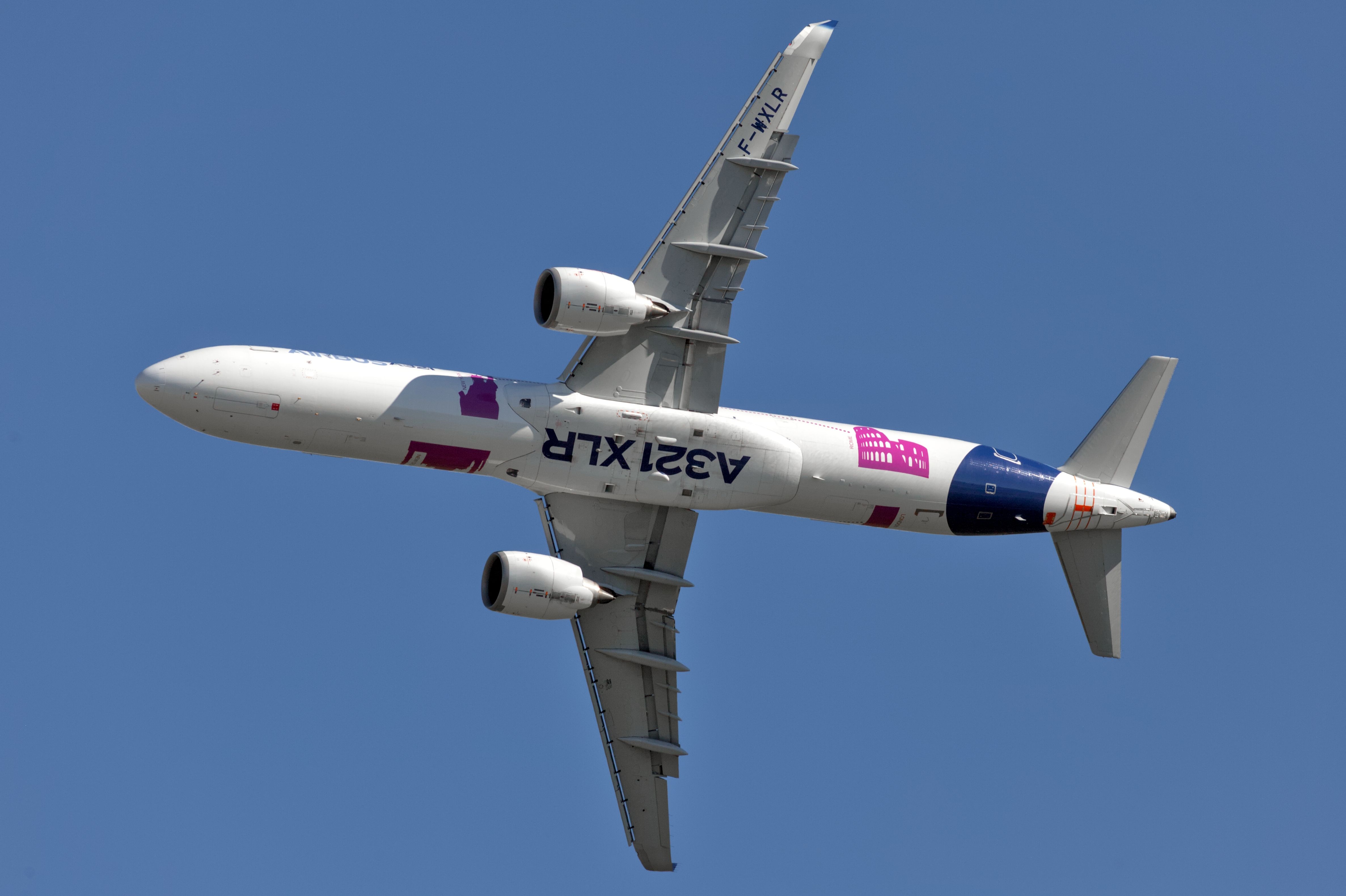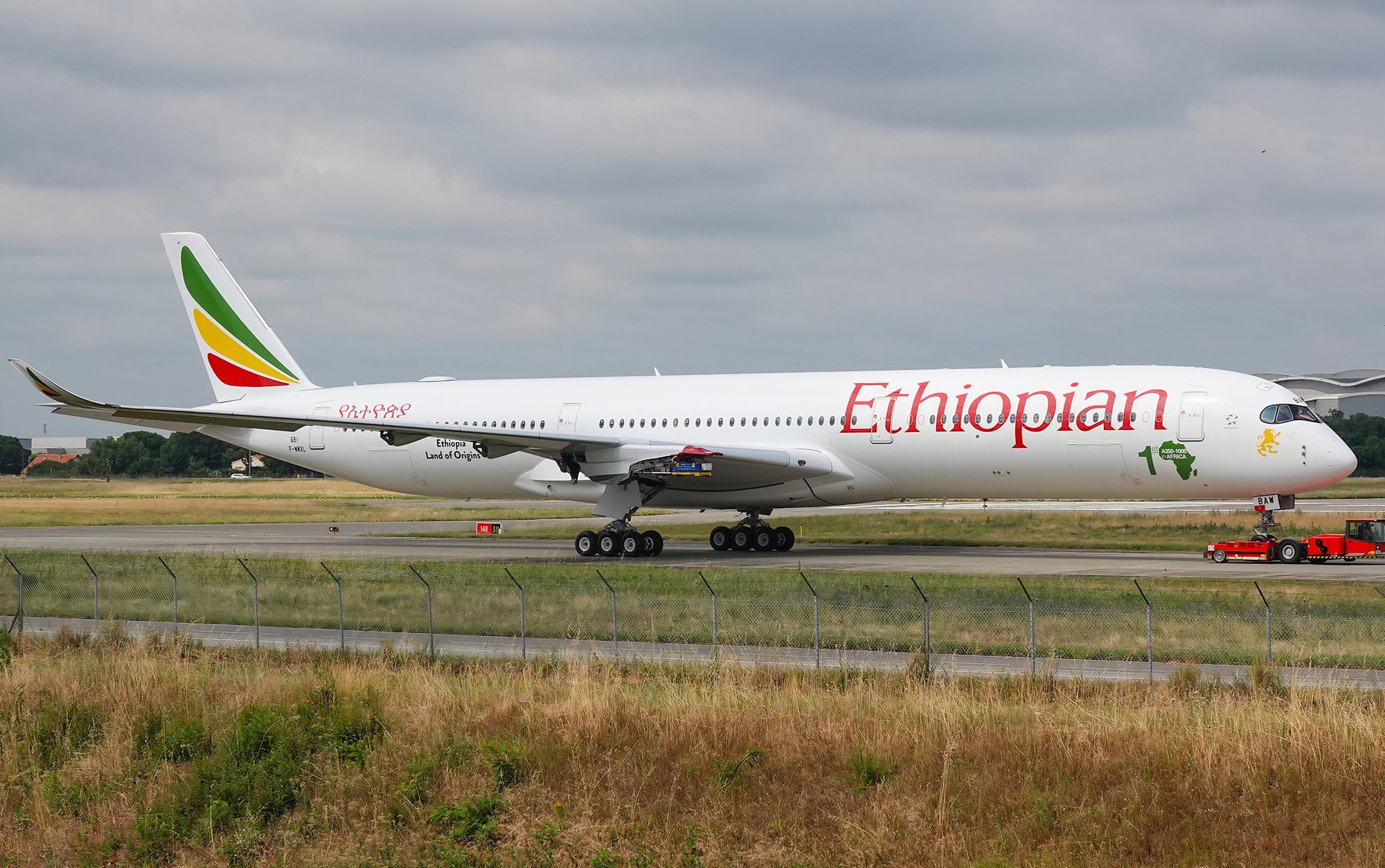Summary
- The Airbus A321XLR offers new long-haul opportunities for African airlines, opening routes to secondary European destinations.
- Airbus forecasts a need for over 1,000 new aircraft in Africa by 2042, as traffic grows.
- Operating new-generation aircraft can support cost and emissions reduction in the African aviation industry.
The Airbus A321XLR is one of the world’s most anticipated new aircraft types, with unprecedented long-range capabilities and fuel efficiency in its category. The single-aisle aircraft, set to enter service with Iberia later this year, offers new long-haul opportunities for airlines worldwide, including in Africa.
Operating the new A321XLR
For many years, Africa has been recognized as a market with high growth potential. The air transport industry in Africa and globally provides several socio-economic benefits, like growing trade and e-commerce, tourism and travel, and educational opportunities. Airbus’ Global Market Forcast (GMF) suggests that O&D passenger traffic in Africa will grow by 4.1% over the next 20 years, with a 4.8% growth in intra-African traffic.
Suradech Singhanat | Shutterstock
To support this growth, African airlines will need 1,180 new aircraft in the 100+ seats segment over the next two decades. According to the Global Market Focus, 75% of new deliveries will be single-aisle aircraft, while 25% will be widebodies. Between 2020 and 2042, the fleet in service would have grown from about 670 aircraft to 1,630.
An aircraft that could provide new possibilities for Africa is the A321XLR. Its longer range and 30% lower fuel burn opens new opportunities for non-stop flights linking primary and secondary cities worldwide. In Africa, it could fly from some of the islands to secondary destinations in Europe. Speaking at a media briefing at AviaDev Africa 2024 in Windhoek last week, Airbus Airline Marketing Director Joep Ellers said,
“The XLR will allow airlines to operate long-haul routes of up to eight and a half or nine hours with a smaller module. This could work for an airline that doesn’t have or wouldn’t want to operate widebodies but still wants to offer a long-haul service. This could go from one of the islands to secondary European routes where they do not want to compete with the mainstream non-African airlines that operate widebodies.”
Photo: PhotographerKevin360 | Shutterstock
The A321XLR could also be used to address seasonality. Airlines could deploy widebody aircraft when demand is high during the peak of the tourist season and use the XLR during the low season to provide widebody comfort on a single-aisle jet. “The demand is so much smaller in the low season that an airline would want that 160-170 module size and still be able to fly for eight and a half to nine hours.”
Latest generation aircraft in Africa
One key element to reducing carbon emissions and making air transport more sustainable is operating next-generation aircraft, which offer better fuel efficiency and carbon emissions and noise reduction. While Africa is considered to have some of the oldest planes, nearly a quarter of the in-service aircraft in the 100-seat+ segment are new-generation aircraft.
Photo: Eurospot
According to Airbus, about 23% of the in-service fleet in Africa for passenger aircraft above 100 seats comprises new-generation aircraft. This includes the Airbus A220, A330neo, Embraer E2, Boeing 737 MAX, and Boeing 787. Meanwhile, the global average for 2022 stood at 25%. However, it is essential to note that Africa has a relatively smaller fleet than other continents, with a large percentage belonging to Ethiopian Airlines. Joep Ellers said,
“One of the quick wins in reducing emissions is flying the latest generation aircraft. In 2017, 5% of the fleet worldwide was new generation. By 2019, that increased to 13%, and in 2022, of all the fleet flying worldwide, 25% was the latest generation. These are the aircraft that are bringing in the most of the best fuel standards. Meanwhile, 23% of the incidence fleet in Africa is latest generation among others.”

Related
New Airbus Study Forecasts Surge In Air Travel And Pinpoints Unserved Flight Routes In Africa
The study compiles O&D data from December 2022 to November 2023.
Airbus’ latest generation aircraft offer 20% to 40% fuel burn reductions, allowing airlines to reduce costs and emissions. As of the end of May 2024, the European manufacturer had a backlog of over 8,500 passenger and cargo aircraft, including 7,654 single-aisles, 809 widebodies, and 55 freighters.
What do you think about this story? Would you like to see the A321XR operate in Africa? Please let us know in the comments!




